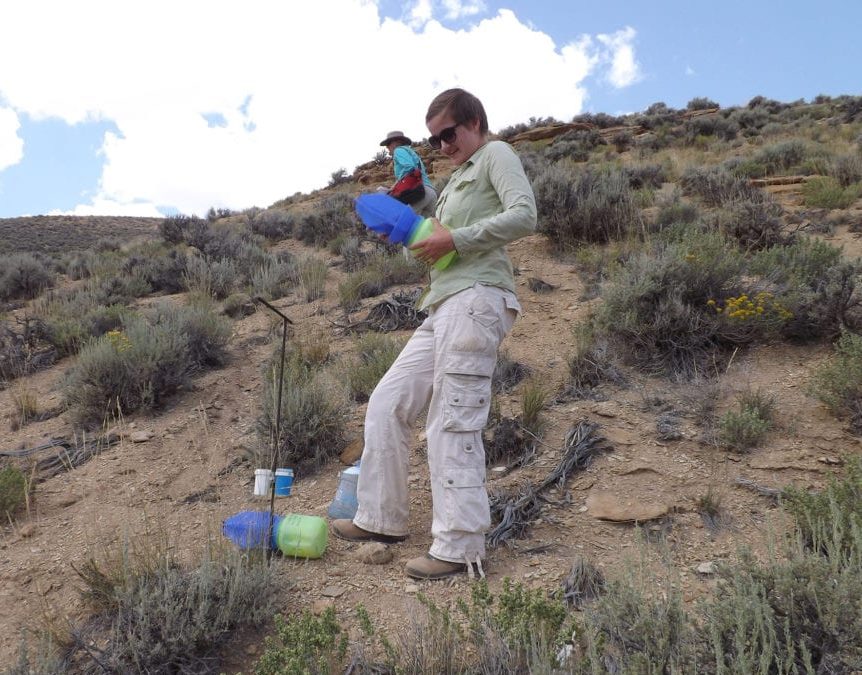
Predation by Caspian terns on young steelhead means fewer return as adults
By Oregon State University 7/13/2020 CORVALLIS, Ore. – Caspian terns feeding on young fish have a significant impact on runs of steelhead in the Columbia River, according to a new paper from scientists at Oregon State University. Through detailed analysis of steelhead survival and Caspian tern predation rates, the researchers found that the birds are not only preying on fish…


















